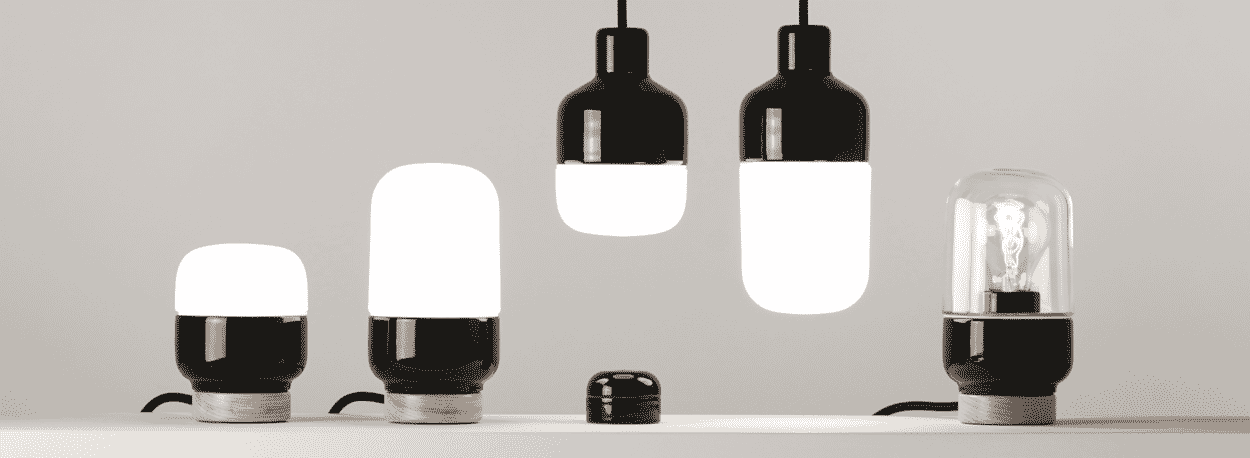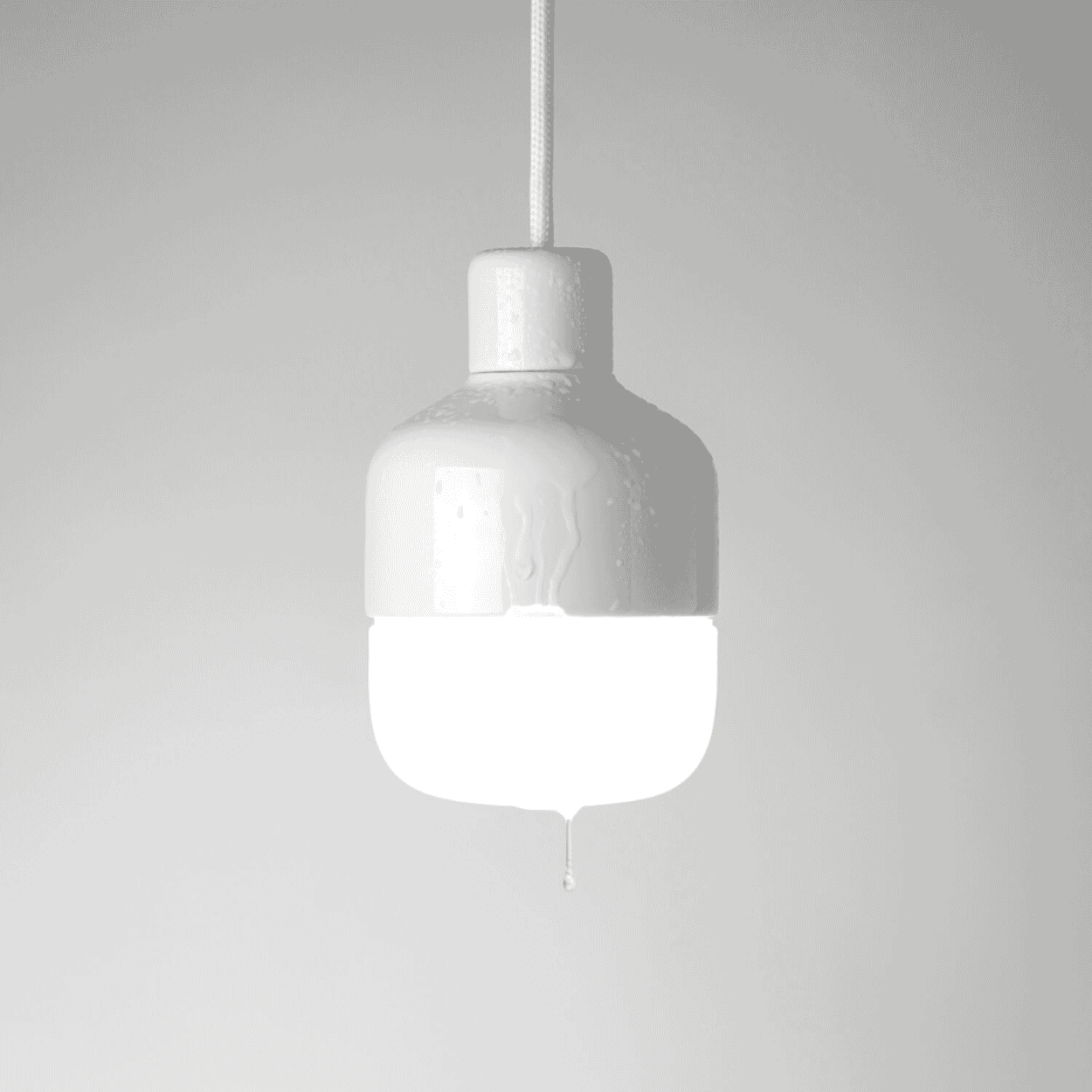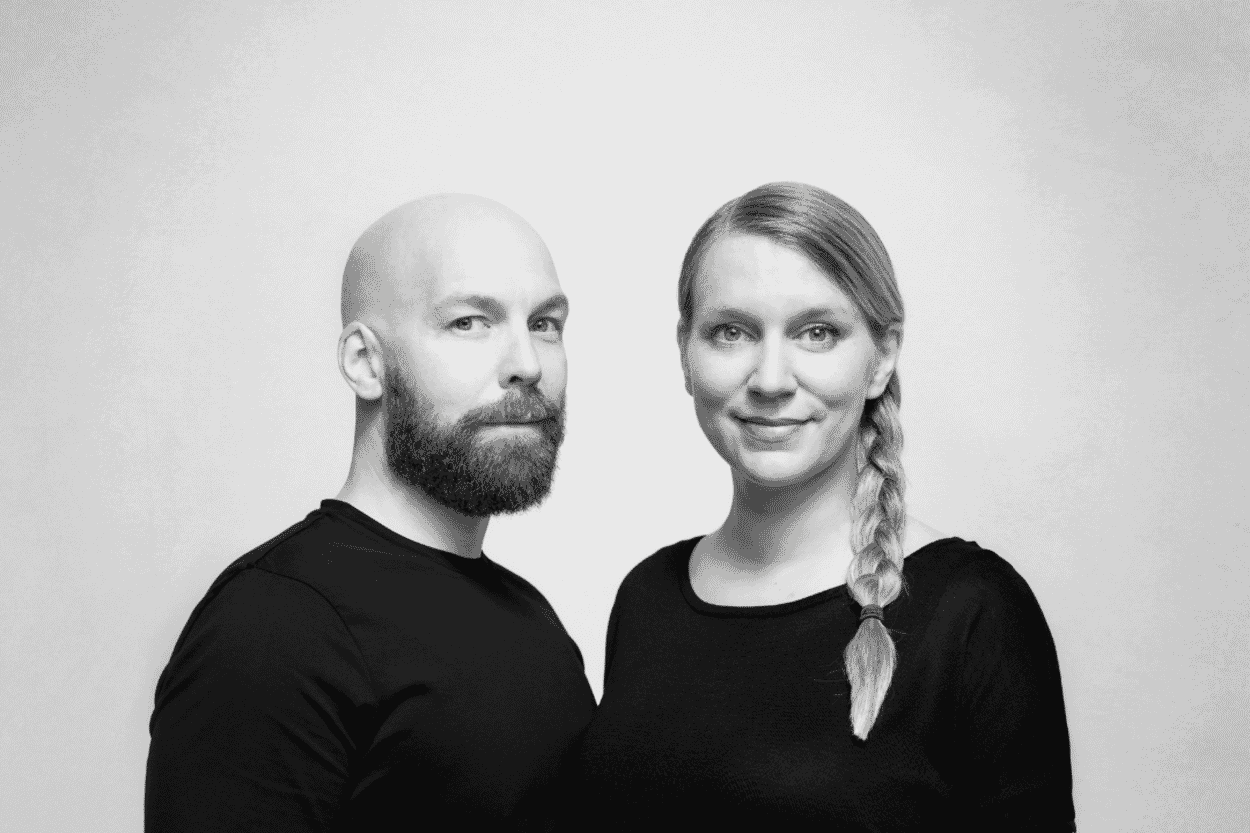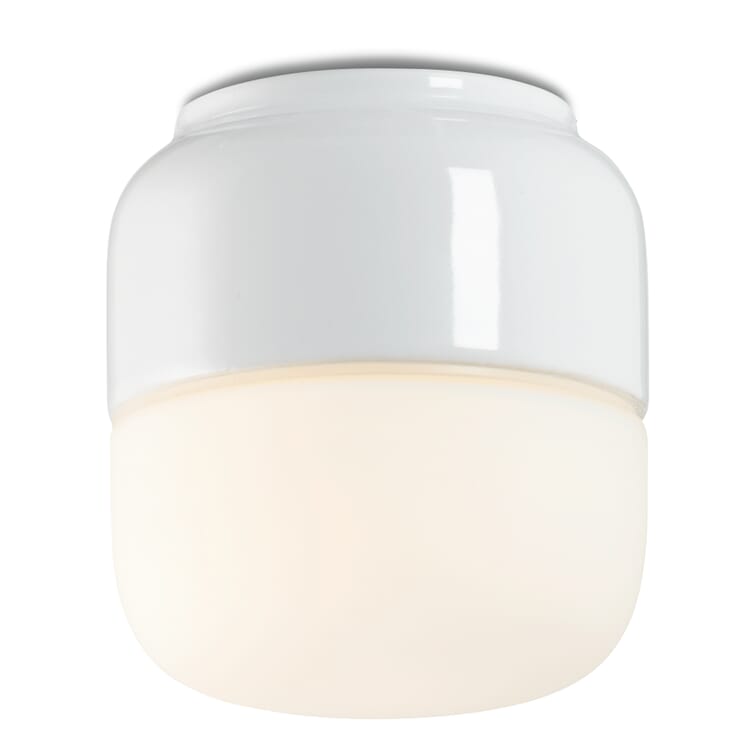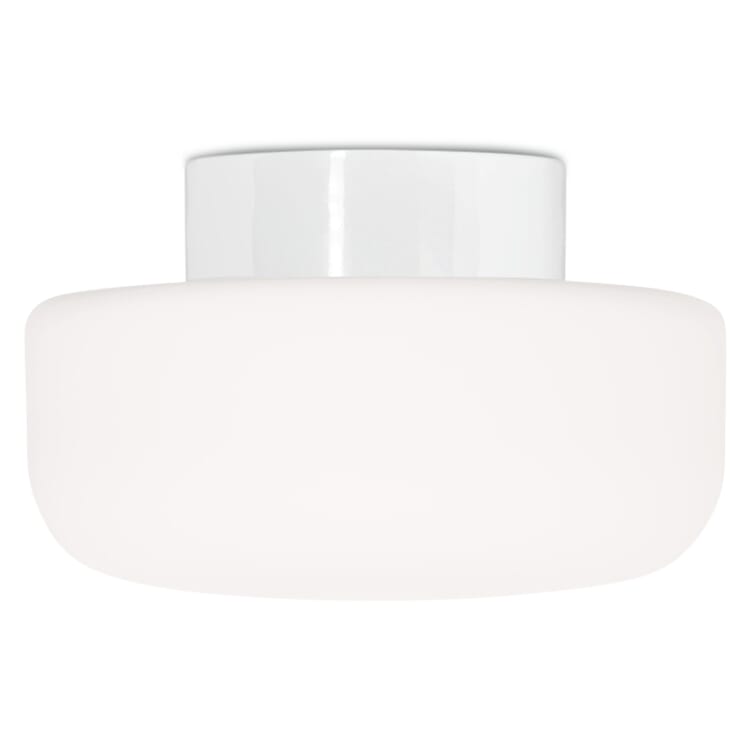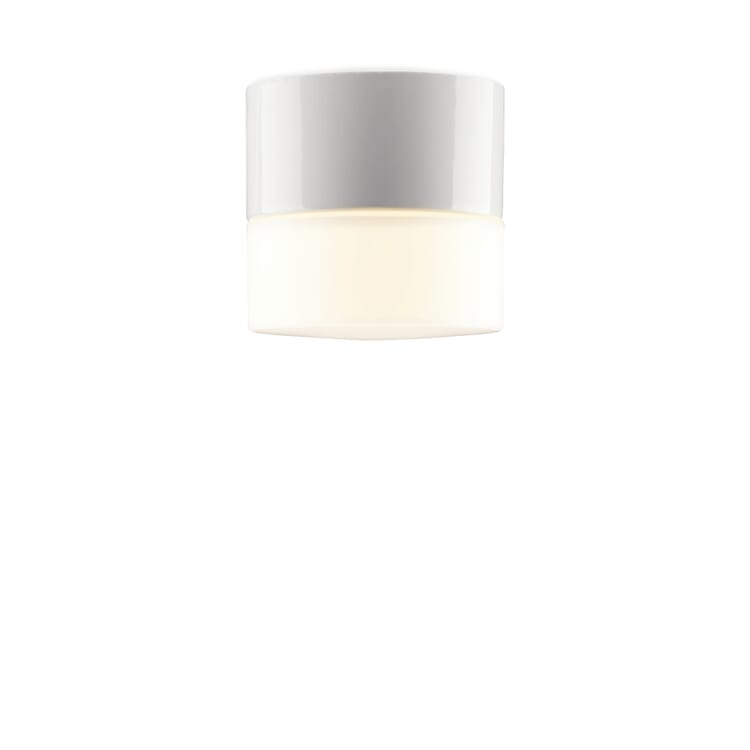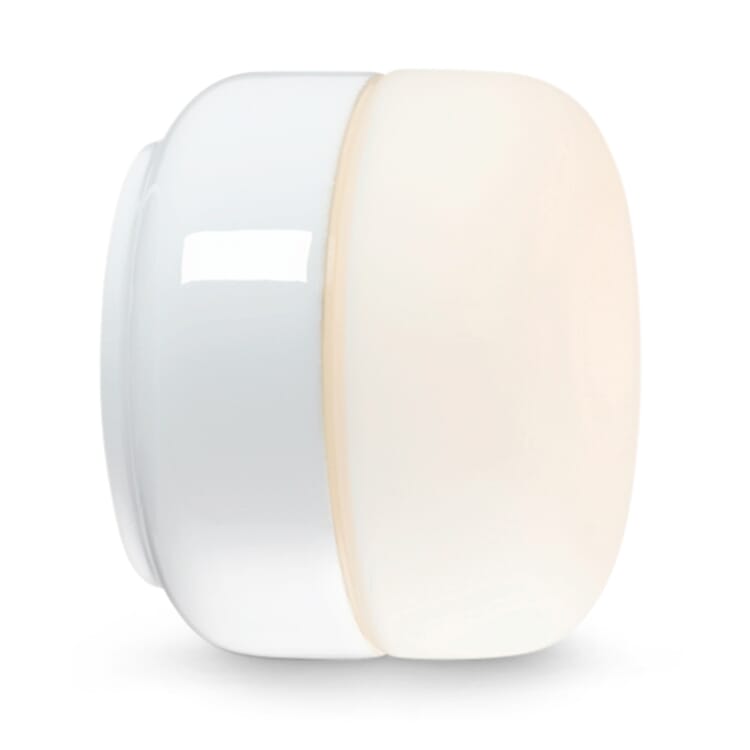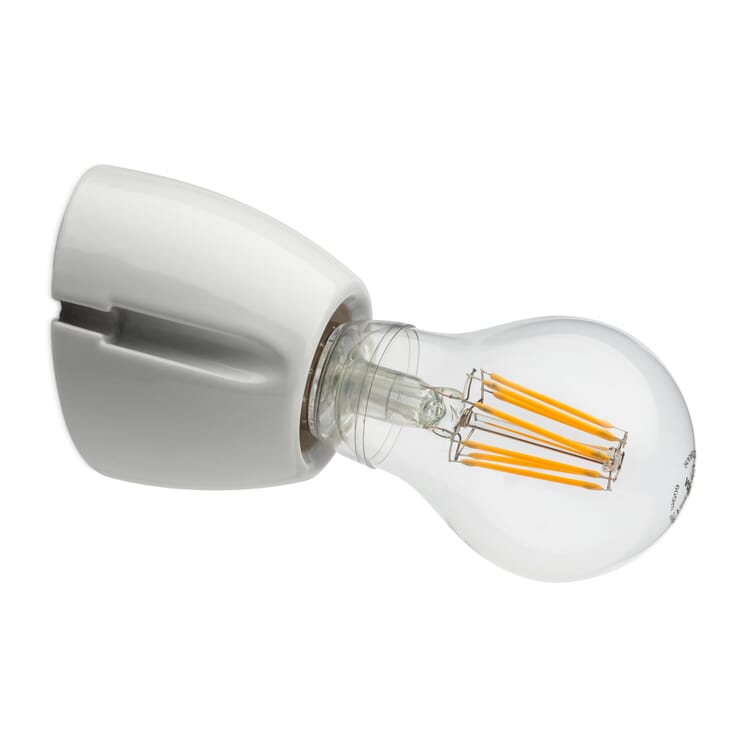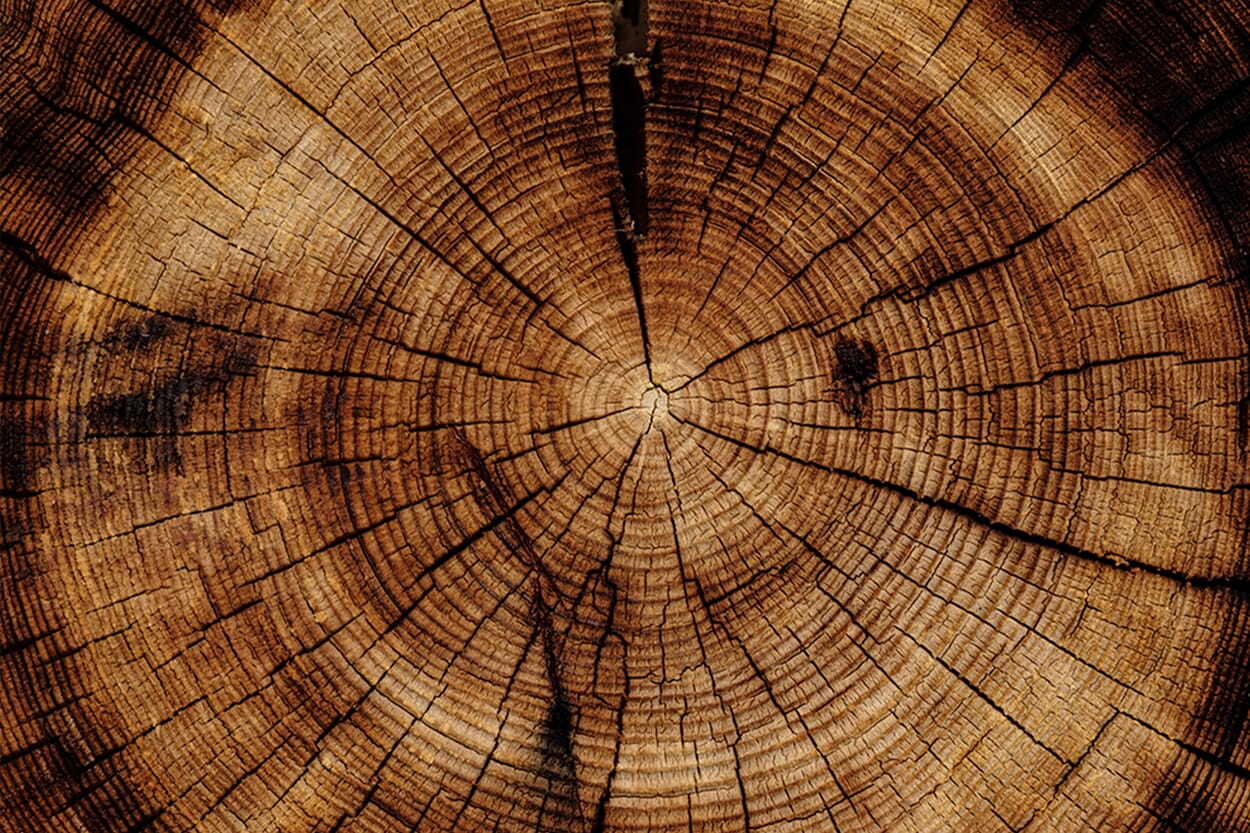Ifö Electric
Porcelain light
Ifö Electric actually specialized in fuses - until Anders Öringe took over. Today, the company from the south of Sweden manages the balancing act between tradition and modernity with its porcelain lamps.
Text: Jochen Overbeck
OHM is a modern luminaire. On the one hand, because it was designed by the contemporary designer couple Kauppi & Kauppi. But even if you understand the term "modern" as a design-historical attribution: OHM continues the lighting tradition that the company from the south of Sweden has been pursuing since the 1960s and which is also inscribed in the other Ifö product families.
However, the history of the company goes back much further. In the 19th century, the clay used to make porcelain was discovered on an island in Lake Ivösjön. Of course, this was not the only place in Sweden where the raw material could be mined, but it was a good place. And of course other companies also processed porcelain. But they produced sanitary products - and soon disappeared again. Ifö, founded in 1934, remained, partly because it found its niche. After starting out with small electrics and fuses, the company soon focused on lighting. "There was a lot of construction in Sweden in the 1960s, so the demand was there," explains Managing Director Anders Öringe. But after a good decade, the boom subsided and the Ifö pendulum swung back towards small electrics.
A look inside the production facility: Ifö produces in Bromölla in southern Sweden
Since 2000 Ifö has concentrated on modern and contemporary lighting
Ifö Managing Director Anders Öringe, Product Manager Måns Kiaer, Nina and Johan Kauppi
When Anders bought the company with a partner in 2000, the two decided to focus on lighting again - and to collaborate with contemporary designers. The fact that a collection like OHM breathes such timelessness is not just down to the two designers: "We have a very special production technique that doesn't allow for all shapes. These limits automatically lead to a Bauhaus or Swedish Modernism style," says Öringe, who is delighted with the steadily growing demand. "The clarity of the lines appeals to people today. That wasn't the case 20 years ago when I started here," he says. However, he does have one wish: "Most of our lamps are installed in bathrooms, simply because they are moisture-resistant. I think they also look good in other contexts, such as outdoors or in the living room."
At Ifö, luminaires are made exclusively from porcelain. Why is that? "Porcelain is a unique material," says Anders Öringe. "It lasts an extremely long time and it can't really break unless you damage it deliberately," he says. "It also insulates well, can withstand very high temperatures and the sun's UV rays. With plastic, this usually leads to material exhaustion after 20 years."
KAUPPI & KAUPPI
The people behind Kauppi & Kauppi are Nina and Johan Kauppi, a design duo from the southern Swedish city of Malmö. In addition to the OHM lighting collection for Ifö Electric, the two have already designed furniture and furnishings for Scandinavian companies such as Skandiform, Glimakra and Karl Andersson & Söner. Nina Kauppi studied jewelry design and has worked for Tiffany Jewelers, among others. Johan Kauppi is a trained product designer. After working in New York and Frankfurt, the Swedes founded their joint studio in 2016.
Pictures: Kauppi & Kauppi; Daniel Engvall; Johann Sundell
All products from IFÖ ELECTRIC
Mehr Design aus dem Norden
All made in Norway: Røros Tweed not only has its own spinning and weaving mill - the traditional family business also uses wool from local sheep for its textiles.
Wood is the material of the moment, promising climate-friendly growth without regrets. But how did this commonplace material become the ultimate beacon of hope in such a short space of time? And what are the consequences when a slow-growing resource is suddenly in such high demand?

